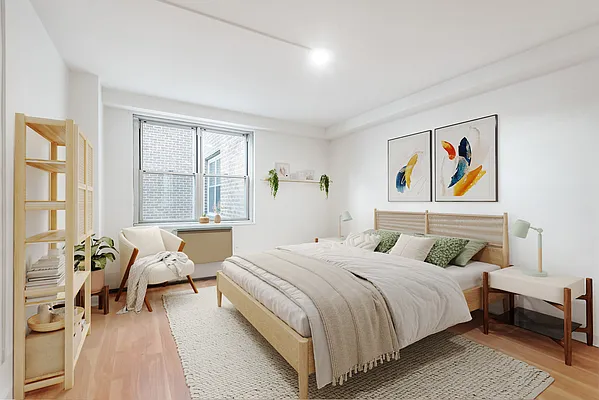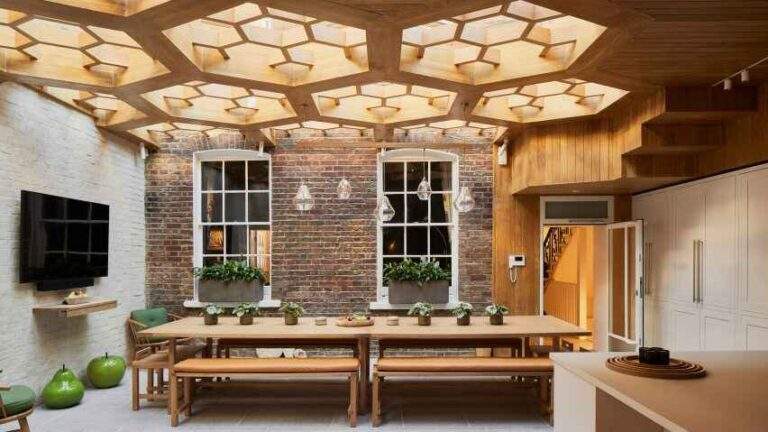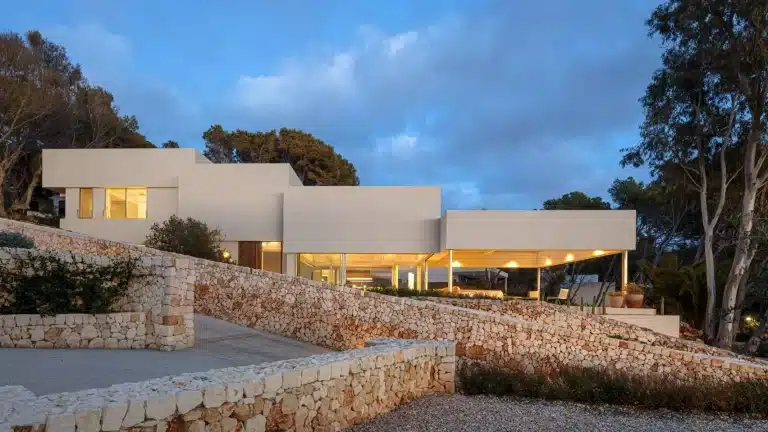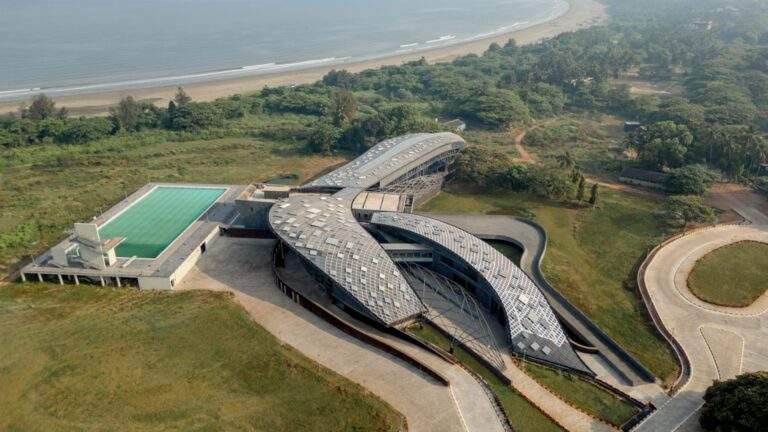Interior Renovation as an Effective Real Estate Investment in Upper West Side Co-ops
Interior renovations of residential units, especially within cooperative buildings (co-ops) in urban areas like the Upper West Side of New York, represent a strategic investment that enhances both property value and quality of living. A clear example is the renovation and combination project at 303 West 66th Street, where comprehensive interior modifications were made, including kitchen and bathroom upgrades, wood flooring installation, interior wall construction, and electrical and plumbing adjustments.
This article focuses on the importance of internal renovations in this specific real estate context and covers the following topics:
- Motivations for renovating co-op apartments
- Common types of interior upgrades
- Cost estimation and breakdown
- Long-term impact on property value

Why Are Interior Upgrades Considered a Necessary Investment?
In the competitive housing market of the Upper West Side—characterized by aging buildings and strict co-op board regulations—renovating interiors becomes essential to maintain or increase a unit’s market value. Many older units have not undergone significant updates in years, making it necessary to modernize systems such as plumbing and electrical infrastructure while optimizing layouts for contemporary living needs.
According to a study by the U.S. Bureau of Labor Statistics, updating older apartments can increase their market value by between 10% and 20%, particularly when renovations include improvements to kitchens and bathrooms, which are key decision factors for buyers and renters alike.
Source: Bureau of Labor Statistics, U.S. Department of Labor.

Common Interior Upgrades During Apartment Renovations
These projects typically involve a range of internal modifications aimed at improving functionality and comfort. The following table outlines the main types of upgrades implemented in the 303 West 66th Street project:
| Upgrade Type | Purpose |
|---|---|
| Kitchen renovation | Improve storage, upgrade appliances, and modernize layout and design |
| Bathroom renovation | Enhance plumbing efficiency, install updated fixtures, and improve moisture resistance |
| Wood flooring installation | Replace outdated flooring with durable, aesthetic alternatives |
| Interior partition construction | Reconfigure space according to user needs |
| Electrical and plumbing updates | Ensure safety and meet increased usage demands |

Renovation Costs and Component Breakdown
The total cost for the renovation of the 1,400-square-foot apartment at 303 West 66th Street was approximately $63,000. This figure falls within the expected range for similar projects in Manhattan, especially considering the administrative and logistical challenges inherent in co-op renovations.
| Cost Component | Percentage of Total |
|---|---|
| Labor | 45% |
| Materials (flooring, appliances, fixtures) | 35% |
| Design and planning | 10% |
| Permits and approvals | 7% |
| Contingency and unexpected changes | 3% |
Source: Remodeling Cost Guide – National Association of Home Builders (NAHB)
Does Renovation Truly Impact Property Value?
Yes, but with conditions. Not every renovation guarantees immediate financial return unless carefully planned and aligned with the neighborhood’s character and building standards. In co-op buildings, designs must comply with building regulations and board approval, which often limits the scope of permitted modifications.
However, units with modern finishes and optimized layouts tend to sell or rent more quickly—and sometimes at 10–15% higher prices—than unrenovated units.

Frequently Asked Questions About Co-op Renovations
| Question | Answer |
|---|---|
| Do renovation projects require formal approval from the building management? | Yes, especially in co-ops, where board approval is required before starting any major work. |
| Can renovations affect monthly maintenance fees? | Typically not, unless structural or system-wide changes are involved. |
| Which renovations have the most impact on property value? | Kitchen and bathroom upgrades are top, followed by wood flooring and lighting improvements. |
| Is it possible to complete the project without hiring a professional designer? | While not mandatory, hiring a professional ensures compliance with technical and regulatory standards, particularly in high-rise buildings. |
Summary Table of Key Points
| Topic | Main Observations |
|---|---|
| Reasons for renovation | Increase property value, update infrastructure, meet modern lifestyle needs |
| Types of upgrades | Kitchens, bathrooms, flooring, partitions, electrical and plumbing systems |
| Project cost | $63,000 for a 1,400 sq ft apartment |
| Market impact | Potential value increase of 10–15%, faster sale or rental process |
| Challenges | Administrative approvals, execution costs, adherence to building rules |

ArchUp Opinion
While renovation projects may appear straightforward, they require careful planning—especially in co-ops with strict regulatory frameworks. The 303 West 66th Street project represents a positive step forward, but there is room to optimize return on investment by selecting cost-effective materials without compromising quality or reducing unnecessary non-essential modifications.
Additionally, design choices should align with the historic character of the Upper West Side to ensure that renovations enhance rather than disrupt the neighborhood’s identity. Ultimately, successful renovations are not only about using premium materials, but about achieving a balance between cost, function, and local context.







